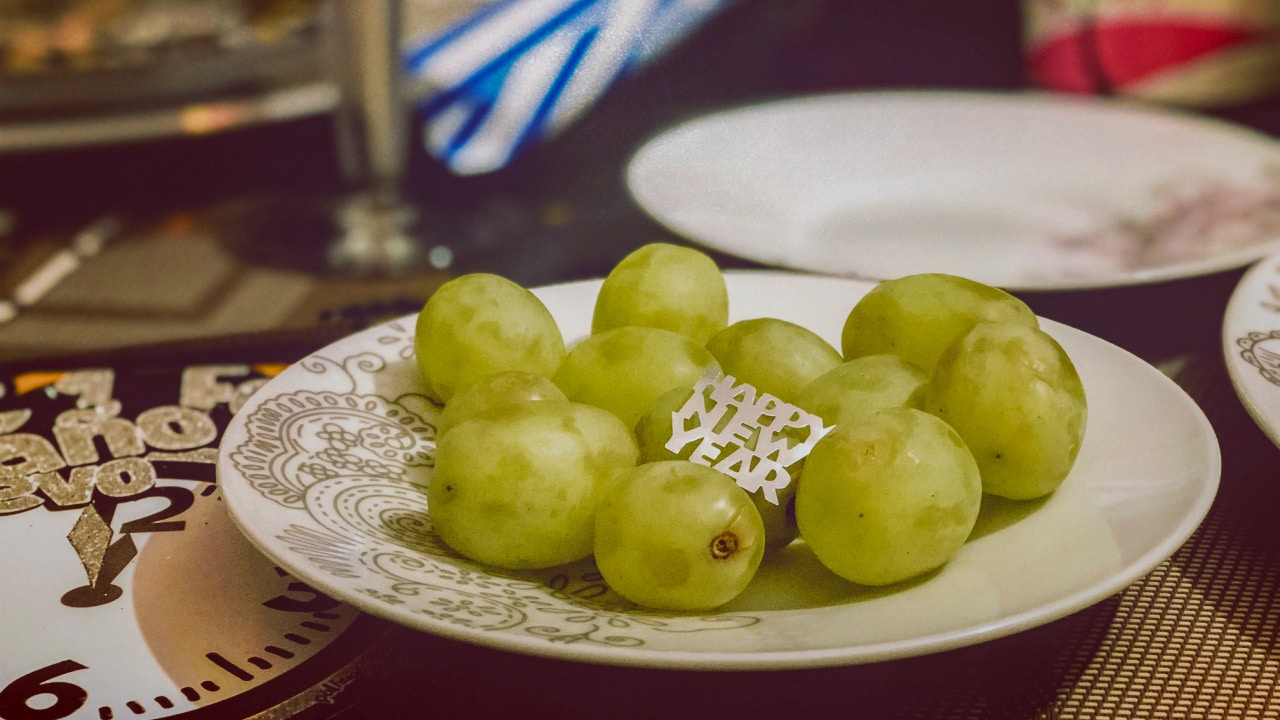Where Did the Quinceañera Tradition Come From?
This Latinx Heritage Month, mitú is highlighting the root of Latinx joy. We’re digging deep into the subcultures and traditions that have shaped our communities — the reason for our song and our dance. We continue building flourishing communities together because of our strong roots and with the support of State Farm.
Whether you had a quinceañera celebration yourself, there’s no doubt the Latino tradition has permeated all of our lives in one way or another. We still live for a good pastel-hued, tulle quince gown, and some people even throw quinceañeras for their dogs — a reinvention we’re 100% here for.
That said, few know the party is actually rooted in indigenous history.
A classic rite of passage taking place when a girl turns 15 years old, quinceañeras are inescapable for Latinas. We’ve seen the hustle and bustle of loved ones as they pick out their court of honor (shout out to all the one-time damas and chambelanes out there!) and hand-select three-course meals and flower arrangements to perfection. So many of us can remember counting the days to our own quinceañeras, complete with a dress fit for una princesa, and all your friends and family dancing the night away to all our favorite Latino anthems.
While your own quinceañera might have felt like a truly fun party you’ll never forget, the history of the tradition is firmly tied to a girl’s shift into supposed adulthood — and with that, motherhood.
As explained by The University of Wisconsin, the practice of having a quinceañera may stem from Aztec culture, which prepared girls for marriage at around 15 years old. Around this time in their lives, the quinceañeras in question were taught chores and housework by the older women in the society. This included learning how to cook, care for children, and weave.
Still, because of La Conquista, the quinceañera tradition has elements of Spanish culture as well. For one, Spain’s Duquesa de Alba allegedly hosted a big party for teenage girls in society back in the 18th century, introducing them to the world — a practice that might have inspired quinceañeras everywhere. By the 19th century, Empress Carlotta of Mexico hosted a similar party for her own daughters, and the rest is history.
Today, Latinos see quinceañera parties as a rite of passage, simply viewing the celebration as a marking of time (one that will surely make all your loved ones pretty emotional — especially abuelito).
Once girls have their much-anticipated quinceañera, they are more likely to be given the “okay” to start dating, take on more responsibilities, and are trusted to make decisions for themselves. In a way, much different from past traditions, quinceañeras today are actually tied to independence.
Whether a 15-year-old decides to go for a quinceañera and dance to the latest reggaeton hit with all her friends, or instead opts for a big trip or a car instead, there’s no wrong way to honor past traditions — and make space for new ones!
Click HERE for more information on State Farm’s commitment to strengthening our communities with 24/7 support for individuals and families.




